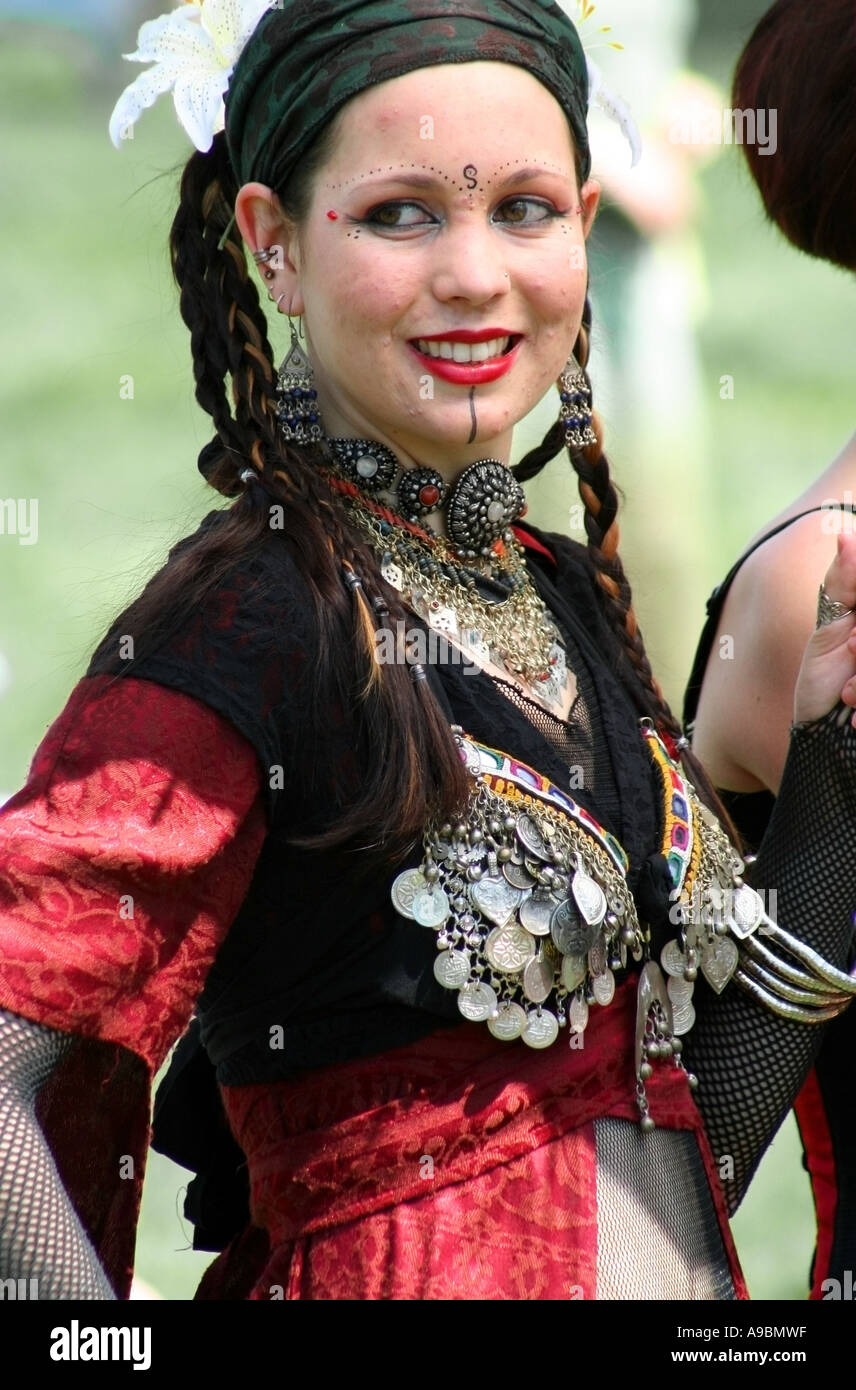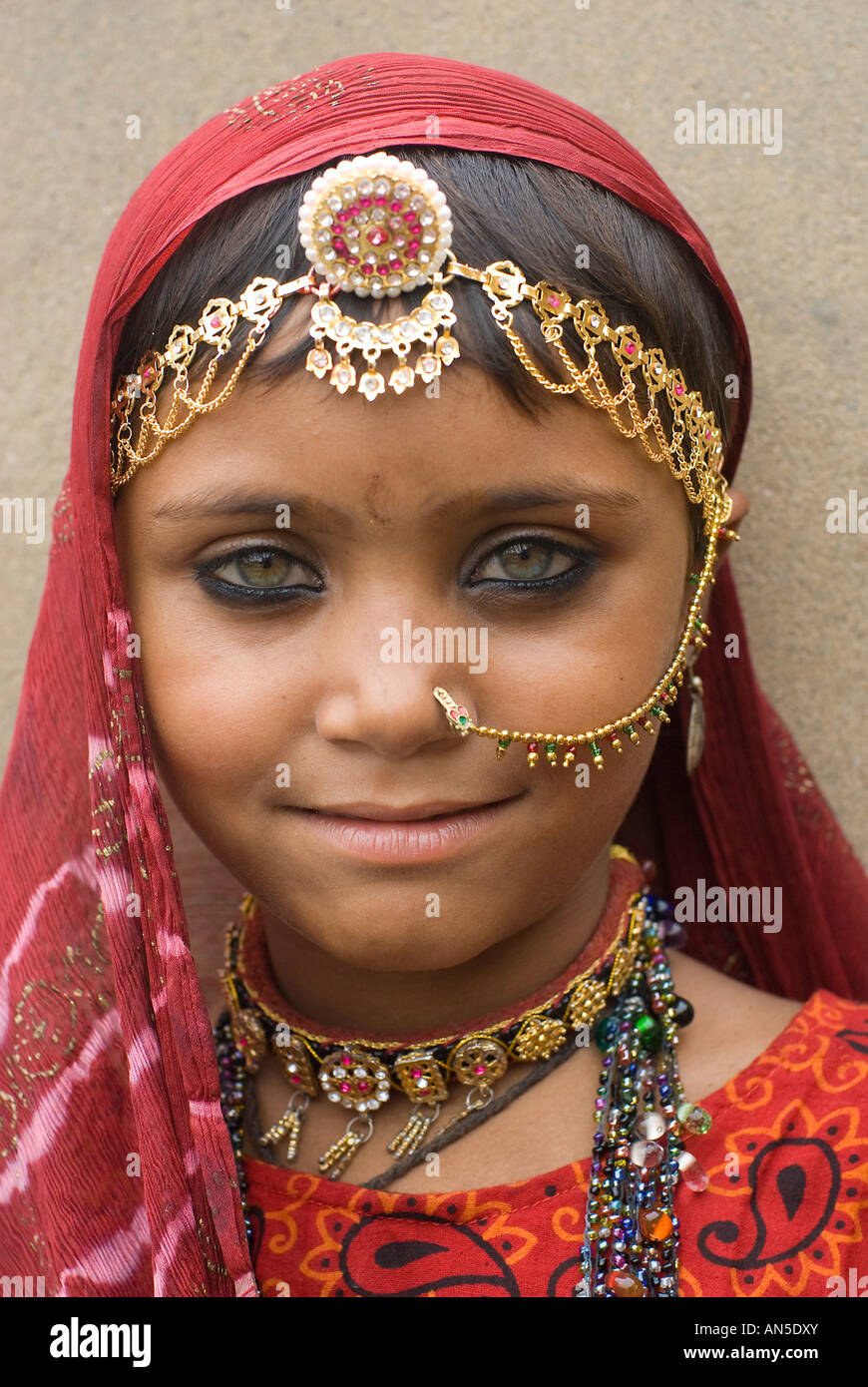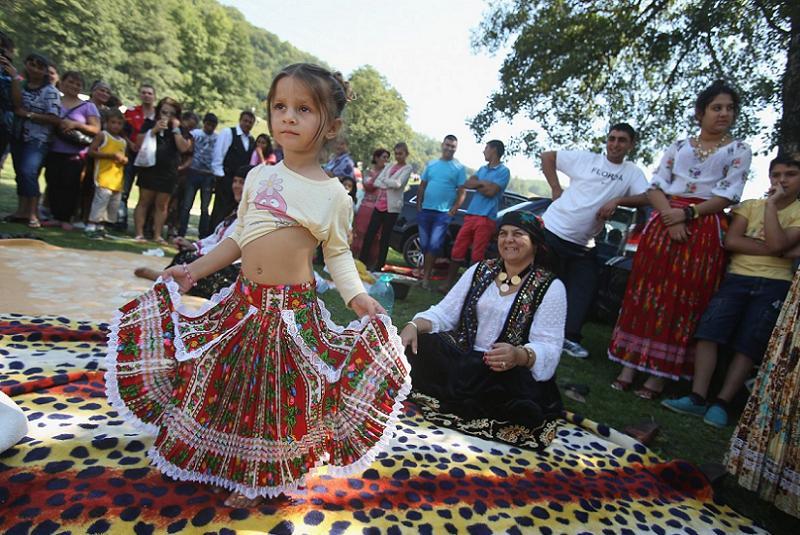The Gypsy Vanner: Majestic Beauty, Enduring Spirit
Imagine a horse with a mane that flows like a river, a coat that gleams under the sun, and hooves that trot with the grace of a ballerina. This is the Gypsy Vanner horse, an equine breed that captures the hearts of horse lovers worldwide. More than just a striking appearance, the Gypsy Vanner embodies a rich history and a gentle spirit, making it one of the most recognizable and beloved breeds in the world.
Developed by the Romany Gypsies of Great Britain, this magnificent animal was specifically bred for pulling their colorful caravans, a task that demanded both strength and a calm, dependable temperament. Also known by other names like the Irish Cob, Gypsy Horse, Romani Cob, or Traditional Gypsy Cob, the Gypsy Vanner is truly a symbol of status, companionship, and a unique cultural heritage. This article delves deep into the fascinating world of the Gypsy Vanner, exploring its origins, distinct characteristics, temperament, uses, and essential care, ensuring you gain a comprehensive understanding of this captivating breed.
Table of Contents:
- The Enchanting Gypsy Vanner: A Breed Apart
- The Rich Tapestry of Gypsy Vanner History
- Defining the Gypsy Vanner: Physical Characteristics
- Temperament: The Gentle Giants of the Equine World
- Versatility in Action: Uses of the Gypsy Vanner
- Health and Well-being: Caring for Your Gypsy Vanner
- Conservation and Breed Societies: Preserving the Legacy
- Is a Gypsy Vanner Right for You?
The Enchanting Gypsy Vanner: A Breed Apart
The Gypsy Vanner horse is more than just a pretty face; it's an experience. If you’ve ever seen one in a pasture or on the trail, you’ve likely done a double take, perhaps even stopped to snap a picture. They are often described as the horses of fairy tales, with their long, flowing manes and tails, and their distinctive feathered feet. This striking appearance, combined with their calm demeanor, makes the Gypsy Vanner an unforgettable presence. They are a relatively new breed in terms of formal recognition outside of their traditional communities, yet their roots run deep within the cultural fabric of the British Isles. Their unique aesthetic, often featuring a stocky build and an abundance of hair, sets them apart from many other equine breeds, instantly drawing admiration and curiosity from equine enthusiasts around the globe. This breed's allure isn't just superficial; it's intrinsically linked to the dedicated efforts of the Romany families who meticulously developed them over generations.
The Rich Tapestry of Gypsy Vanner History
To truly appreciate the Gypsy Vanner, one must understand its origins. This breed is a living testament to centuries of selective breeding by the Romany people, particularly the Irish Travellers and English Romanichal Travellers. Their mission was clear: to create the perfect caravan horse—a strong, sturdy animal capable of pulling their homes on wheels across vast distances, yet gentle enough to be around children and easily managed. This dual requirement shaped every aspect of the breed, from its physical attributes to its renowned temperament.
Origins and Purpose: A Legacy of the Road
The development of the Gypsy Vanner was not about creating a show horse, but a working companion. The Romany Gypsies, who relied on their horses for their nomadic lifestyle, needed an animal that was not only powerful but also hardy, resilient, and economical to keep. They selectively bred horses by crossing various draft horse breeds with native ponies. Specifically, the Gypsy Vanner horse breed is a cross between the majestic Shire, the powerful Clydesdale, and the agile Dales Pony and Fell Pony. This careful blend resulted in a horse that possessed the strength and substantial bone of the larger draft breeds, combined with the hardiness, intelligence, and manageable size of the native ponies. The result was a horse perfectly suited for pulling heavy wagons, known as "vardoes" or caravans, over long distances, often through challenging terrain. Their striking appearance, with their characteristic feathering and flowing manes, was also a point of pride, reflecting the aesthetic sensibilities of their breeders. The mission of the Gypsy Vanner Horse Society, founded much later, explicitly states its dedication to "respect the spoken words of the Gypsy families who had dedicated lifetimes in the pursuit of developing and breeding the perfect caravan horse…the Gypsy Vanner." This highlights the deep respect for the oral traditions and generational knowledge that shaped this breed.
From Obscurity to Global Recognition
For centuries, the Gypsy Vanner, or Gypsy Cob as it was primarily known, remained largely within the Romany communities. It was a cherished secret, a working horse known only to those who bred and used them. It wasn't until the mid-1990s that the breed began to gain international recognition. Two Americans, Dennis and Cindy Thompson, are largely credited with bringing the first Gypsy Vanner horses to the United States in 1996. They were captivated by the breed's beauty and temperament and recognized its potential appeal to a wider audience. They coined the name "Gypsy Vanner" to distinguish it and to honor its heritage, specifically referencing its role in pulling the "vanner" (caravan). The Gypsy Vanner Horse Society (GVHS) was established in 1996 with the specific goal of maintaining the breed as it was envisioned, preserving its unique characteristics and the spoken traditions of its Romany creators. Since then, the Gypsy Vanner has exploded in popularity, captivating equine enthusiasts across North America, Europe, and beyond, becoming a highly sought-after breed for various disciplines and as cherished companions.
Defining the Gypsy Vanner: Physical Characteristics
The Gypsy Vanner is truly a sight to behold, immediately distinguishable by several key physical traits that contribute to its "fairy tale" appearance. These characteristics were not accidental but were carefully cultivated to serve the breed's original purpose while also reflecting the aesthetic preferences of its creators.
The Iconic Feathering and Flowing Manes
Perhaps the most iconic feature of the Gypsy Vanner is its abundant "feathering"—the long, silky hair that grows from the knees and hocks down to cover the hooves. This feathering is not just decorative; it was historically believed to offer some protection to the lower legs from mud and debris during long journeys. The quality and abundance of feathering are highly prized in the breed standard, with ideal feathering being straight, silky, and thick. Along with the feathering, Gypsy Vanners are renowned for their exceptionally long, flowing manes and tails. These luxurious locks often reach impressive lengths, adding to the breed's mystical allure. Caring for this unique feathering, as well as the mane and tail, requires specific attention to prevent matting and maintain their health and beauty. This includes regular cleaning, conditioning, and careful detangling, a commitment that potential owners must be prepared for.
Build, Coat Colors, and Breed Standards
Beyond the hair, the Gypsy Vanner possesses a distinctive build. They are typically stocky, compact, and powerfully built, reflecting their draft horse ancestry. They have strong, short backs, deep girths, and well-sprung ribs, indicating great lung capacity and stamina. Their heads are often refined, with a sweet expression, and their necks are typically muscular and arched. While often associated with a black and white "piebald" (pinto) coat pattern, Gypsy Vanners can actually come in a wide variety of colors and patterns. They can be solid colored (black, bay, chestnut, grey), or have various pinto patterns such as skewbald (brown and white), blagdon (solid with white splashes on the belly), or even roan and dun variations. The breed standard, as maintained by organizations like the Gypsy Vanner Horse Society, focuses on maintaining the original characteristics envisioned by the Romany people. This includes not only the physical traits like feathering and build but also the temperament and overall impression of a powerful yet gentle and aesthetically pleasing caravan horse. There has been some confusion regarding changes to the breed standard, but the GVHS aims to uphold the original vision from 1996.
Temperament: The Gentle Giants of the Equine World
While their striking appearance is what first catches the eye, it is the Gypsy Vanner's exceptional temperament that truly wins hearts. They are widely known for their calm, docile, and gentle nature, earning them the nickname "the gentle giants." This placid disposition was paramount for the Romany Gypsies, as these horses lived in close proximity to families, often with children playing around them and even riding on their backs. A horse that was prone to spooking or aggression would have been a danger and an impractical choice for their nomadic lifestyle.
Gypsy Vanners are intelligent, eager to please, and highly trainable. They possess a remarkable patience and a willing attitude, making them suitable for riders of all experience levels, including beginners and children. Their unflappable nature makes them excellent therapy horses and reliable mounts for trail riding. They are known to be very personable and bond strongly with their human companions, often displaying a dog-like loyalty. This combination of strength, beauty, and an incredibly amiable personality makes the Gypsy Vanner not just a horse, but a true companion animal, cherished by those who own them. Their temperament is a cornerstone of the breed's identity, as important as their physical characteristics.
Versatility in Action: Uses of the Gypsy Vanner
Originally bred for the specific purpose of pulling gypsy caravans, the Gypsy Vanner horse has proven itself to be remarkably versatile in the modern equine world. While they still excel at driving, their amiable temperament and athletic build have opened doors to a wide array of disciplines, making them much more than just a pulling horse.
Naturally, driving remains a primary use. Their strength, stamina, and calm demeanor make them ideal for various forms of carriage driving, from competitive events to leisurely pleasure drives. They move with a proud, collected gait that is perfectly suited for pulling. Beyond driving, the Gypsy Vanner's comfortable gaits and willing attitude make them excellent riding horses. They are increasingly popular in English and Western riding disciplines. Their steady temperament makes them superb trail horses, capable of navigating diverse terrain with confidence and reliability. They are also finding success in disciplines such as dressage, where their powerful build and graceful movement can be showcased, and even in some forms of jumping, demonstrating their athleticism. Furthermore, their gentle nature makes them exceptional therapeutic riding horses, providing comfort and confidence to individuals with special needs. Many Gypsy Vanners are simply cherished as beloved family pets and companions, admired for their beauty and affectionate personalities. Their unique appearance also makes them popular for parades, exhibitions, and even as models for photography, truly embodying the "horses of fairy tales" aesthetic.
Health and Well-being: Caring for Your Gypsy Vanner
Like any horse breed, the Gypsy Vanner requires dedicated care to ensure its health and longevity. While generally a hardy breed, understanding their specific needs, particularly concerning their unique physical characteristics, is crucial for responsible ownership. Proper care encompasses everything from diet and exercise to grooming and veterinary attention.
Common Health Considerations
The Gypsy Vanner, being a relatively robust breed, is generally healthy. However, potential owners should be aware of a few health considerations that can affect the breed, some of which are linked to their unique traits. One common concern is Pastern Dermatitis, often referred to as "scratches" or "mud fever." This skin condition can occur under the thick feathering, especially if the feathering is not kept clean and dry. The dense hair can trap moisture and dirt, creating an ideal environment for bacterial or fungal infections. Regular inspection and meticulous cleaning of the feathering are essential to prevent this. Another condition occasionally seen in draft breeds, and thus potentially in Gypsy Vanners due to their ancestry, is Chronic Progressive Lymphedema (CPL). This is a progressive disease that causes swelling, thickening, and eventually lesions on the lower legs, often exacerbated by the feathering. While there is no cure, careful management and veterinary oversight can help. Owners should also be mindful of general equine health issues such as laminitis, colic, and dental problems, ensuring regular veterinary check-ups and preventative care.
Essential Care and Diet Needs
Caring for a Gypsy Vanner involves several key components. Their diet needs are similar to other horses of their size and activity level. They generally thrive on a high-quality forage-based diet (hay and pasture), supplemented with a balanced equine feed if necessary, especially for working horses or those with specific nutritional requirements. Overfeeding should be avoided to prevent obesity, which can lead to other health issues. Regular exercise is vital to maintain their physical condition and mental well-being. Whether it's turnout in a pasture, riding, or driving, consistent activity helps keep them fit and happy. Grooming is particularly important for the Gypsy Vanner due to their abundant hair. Their long manes and tails require daily detangling and conditioning to prevent knots and breakage. The feathering needs special attention; it should be kept clean, dry, and free of debris to prevent skin issues. Regular bathing and conditioning of the feathering are often necessary. Hoof care is also paramount; despite the feathering, regular farrier visits for trimming and shoeing (if needed) are essential to maintain healthy hooves. Finally, a consistent veterinary care schedule, including vaccinations, deworming, and dental checks, is crucial for the overall health of your Gypsy Vanner.
Conservation and Breed Societies: Preserving the Legacy
The journey of the Gypsy Vanner from an unrecorded working horse to a globally recognized breed has been largely driven by dedicated breed societies. The Gypsy Vanner Horse Society (GVHS) in North America, along with other similar organizations worldwide, plays a critical role in preserving the integrity and future of the breed. Their mission is to maintain the breed as it was envisioned by its Romany creators, ensuring that its unique characteristics, temperament, and health are upheld for future generations. This involves establishing and maintaining a comprehensive breed registry, developing and enforcing a breed standard, and promoting responsible breeding practices. They work to educate the public about the Gypsy Vanner, its history, and its unique needs. The GVHS, for instance, offers official publications and resources for its members and breed enthusiasts, providing valuable information and fostering a community around this special horse. By adhering to strict guidelines and promoting ethical breeding, these societies ensure that the Gypsy Vanner continues to be the striking, gentle, and versatile horse that has captivated so many.
Is a Gypsy Vanner Right for You?
Deciding to bring a Gypsy Vanner into your life is a significant commitment, but for many, it's a dream come true. Their beauty, coupled with their exceptional temperament, makes them an incredibly appealing choice for a wide range of equestrians. If you are looking for a horse that is not only visually stunning but also calm, intelligent, and willing, a Gypsy Vanner could be an ideal match. They are known for their strong bond with humans and their patient nature, making them wonderful family horses and suitable for riders of varying experience levels. However, prospective owners must be prepared for the specific care requirements, particularly regarding their extensive feathering and hair, which demand regular grooming and attention to prevent health issues. Understanding their diet needs and ensuring consistent veterinary care are also paramount. Ultimately, if you are prepared to offer the dedicated care and attention this magnificent breed deserves, a Gypsy Vanner will undoubtedly enrich your life with its unique charm, unwavering loyalty, and the enduring spirit of the Romany tradition.
The Gypsy Vanner horse is a testament to centuries of selective breeding and a symbol of a rich cultural heritage. From its whimsical history rooted in the Romany communities of Great Britain to its current status as a beloved international breed, the Gypsy Vanner continues to fascinate and inspire. Its striking features, gentle temperament, and versatility make it a truly unique equine partner. Discovering the enchanting Gypsy Vanner is to discover a horse that is as much a work of art as it is a companion.
We hope this comprehensive guide has provided you with valuable insights into the incredible Gypsy Vanner breed. Have you had the pleasure of meeting a Gypsy Vanner? Share your experiences and thoughts in the comments below! If you found this article informative, please consider sharing it with other horse enthusiasts or exploring more of our equine content.

Romani gypsy girl hi-res stock photography and images - Alamy

Portrait of a smiling gypsy girl from Rajasthan, India Stock Photo - Alamy

A History Of The Gypsies, The People Without a Country